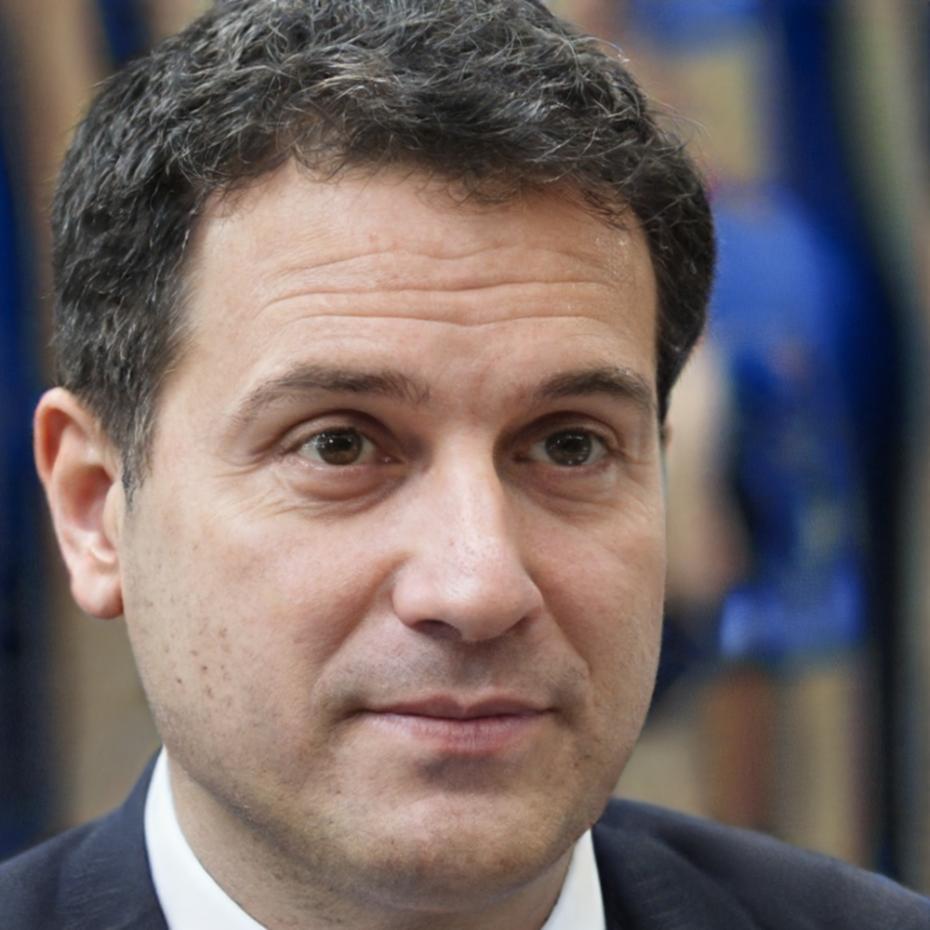Financial Analysis Skills That Drive Real Business Decisions
We've spent years building corporate training programs that actually stick. Our approach focuses on practical financial comparison techniques your teams will use next Tuesday, not theoretical frameworks they'll forget by Friday.
Discuss Your Team's NeedsCommon Training Obstacles We've Actually Solved
After working with 40+ Australian businesses since 2019, we've noticed patterns. Here's what usually goes wrong with corporate finance training—and what we do differently.
Teams Can't Apply What They Learn
The Problem
Your analysts attend generic workshops, nod along, then return to their desks with no idea how to compare two actual companies in your specific industry. The training materials used examples from retail when you're in manufacturing.
Our Approach
We build every session around your actual business context. Before we start, we analyze 3-5 real competitors your team needs to understand. The entire training uses these companies as examples. By day three, participants are working with your own financial data.
Different Skill Levels in the Same Room
The Problem
Your senior analysts get bored during the basics, while newer team members feel lost during advanced ratio analysis. Nobody leaves satisfied, and you've just wasted everyone's time and your training budget.
Our Approach
We run a quick skill assessment two weeks before training starts. Then we structure modules so experienced analysts can skip ahead to comparative modeling while beginners work through fundamentals at their own pace. Everyone converges for the practical application sessions where mixed skill levels actually help.
Training Doesn't Match Your Tools
The Problem
The instructor teaches analysis in Excel, but your team uses Tableau. Or they demonstrate techniques in software you don't have licenses for. Great session, completely useless back at work.
Our Approach
During our planning call, we ask what software your analysts actually use daily. Then we rebuild the entire curriculum around those specific tools. If you're in Google Sheets, we teach in Google Sheets. If you've got custom internal platforms, we learn them before we arrive.
Knowledge Evaporates After Three Weeks
The Problem
The training was excellent. Two months later, nobody remembers the formulas. The materials sit unopened on a shared drive. You're back where you started, except poorer.
Our Approach
We build reinforcement into the program from day one. Participants leave with customized reference guides specific to your industry. We schedule three follow-up sessions over the next quarter to review real analysis they've completed. And we're available via email when someone gets stuck on an actual project.
How We Rebuilt Financial Training for a Melbourne Property Group
In early 2024, a mid-sized property development firm approached us. Their investment team was making acquisition decisions based on gut feeling because nobody really understood how to compare potential properties systematically. They'd tried online courses. Didn't help.
-
The Actual Situation
Seven analysts, ranging from fresh graduates to ten-year veterans. They needed to evaluate competing properties fast—often within 48 hours. Their existing process involved copying numbers into Excel templates nobody fully understood. The company was missing deals because analysis took too long.
-
What We Built
We designed a three-week program focused exclusively on property comparison. Week one covered financial fundamentals using their past deals. Week two introduced the comparison framework. Week three, they analyzed five real properties currently on the market. No hypotheticals—everything was applicable immediately.
-
The Results They Saw
By October 2024, their analysis turnaround time dropped from three days to eight hours. More importantly, the team felt confident explaining their recommendations to executives. They've since used the framework on 23 acquisitions and decided to expand the training to their Brisbane office.

How Our Programs Actually Work
We've refined this approach over six years and dozens of corporate clients. It's structured enough to be reliable but flexible enough to adapt to your specific business context.
Discovery and Context Gathering
We start with a two-hour session with your team leads. Not a sales pitch—we're trying to understand what decisions your analysts actually make, what data they work with, and where they consistently get stuck. We also ask for examples of past analysis that went wrong.
What you get
A detailed curriculum proposal that addresses your specific gaps. If we can't help, we'll tell you upfront and suggest alternatives.
Customized Material Development
We rebuild the training materials around your industry and tools. This takes about three weeks. We use your real competitors as examples, incorporate your brand guidelines, and structure exercises around decisions your team faces regularly.
What you get
Training materials that feel like they were created by someone inside your company. Because essentially, they were—with your input at every stage.
Intensive Practical Training
The actual training runs anywhere from three days to three weeks, depending on complexity. Sessions are hands-on—typically 30% instruction, 70% practice. Participants work through real scenarios, make mistakes in a safe environment, and build confidence through repetition.
What you get
Team members who can independently perform the analysis they learned. We measure this through practical assessments, not multiple-choice tests.
Ongoing Support and Reinforcement
Training doesn't end when we leave. We schedule three follow-up sessions over the next quarter to review real work and answer questions that came up during actual application. We also provide email support for six months when someone gets stuck.
What you get
Lasting skill development rather than temporary knowledge. The teams we trained in 2022 are still using these frameworks today.
What Participants Actually Say
We don't cherry-pick testimonials. This is representative feedback from our autumn 2024 programs across three different industries.

Rhydian Kellaway
Senior Financial Analyst
Infrastructure Investment Firm
I've sat through plenty of corporate training that felt like a waste of time. This was different because we spent most of it analyzing actual infrastructure projects we were considering. The instructor had clearly done their homework on our sector—they understood the specific metrics we care about and why traditional financial ratios don't always apply to long-term infrastructure assets. Three months later, I'm still using the comparison framework we built during the sessions.
Practical Changes Since Training
- Cut time spent on preliminary analysis from two days to about four hours per project
- Feel more confident presenting recommendations to investment committee because I can explain methodology clearly
- Identified two analysis errors in legacy projects by applying new framework to historical deals
- Our junior analysts now have a consistent process instead of making it up each time
Programs Starting Late 2025
We're currently booking corporate programs for October 2025 through March 2026. Most clients start the conversation about six months before their ideal training date.

Our standard engagement starts with that discovery call. We'll discuss what your team needs, what's not working now, and whether we're the right fit. If we think we can help, we'll send over a detailed proposal within a week.
Most programs run between ,000 and ,000 depending on customization needs, participant numbers, and whether you want ongoing support. We work with teams from five to fifty people—though we find the sweet spot is usually 8-15 participants per cohort.